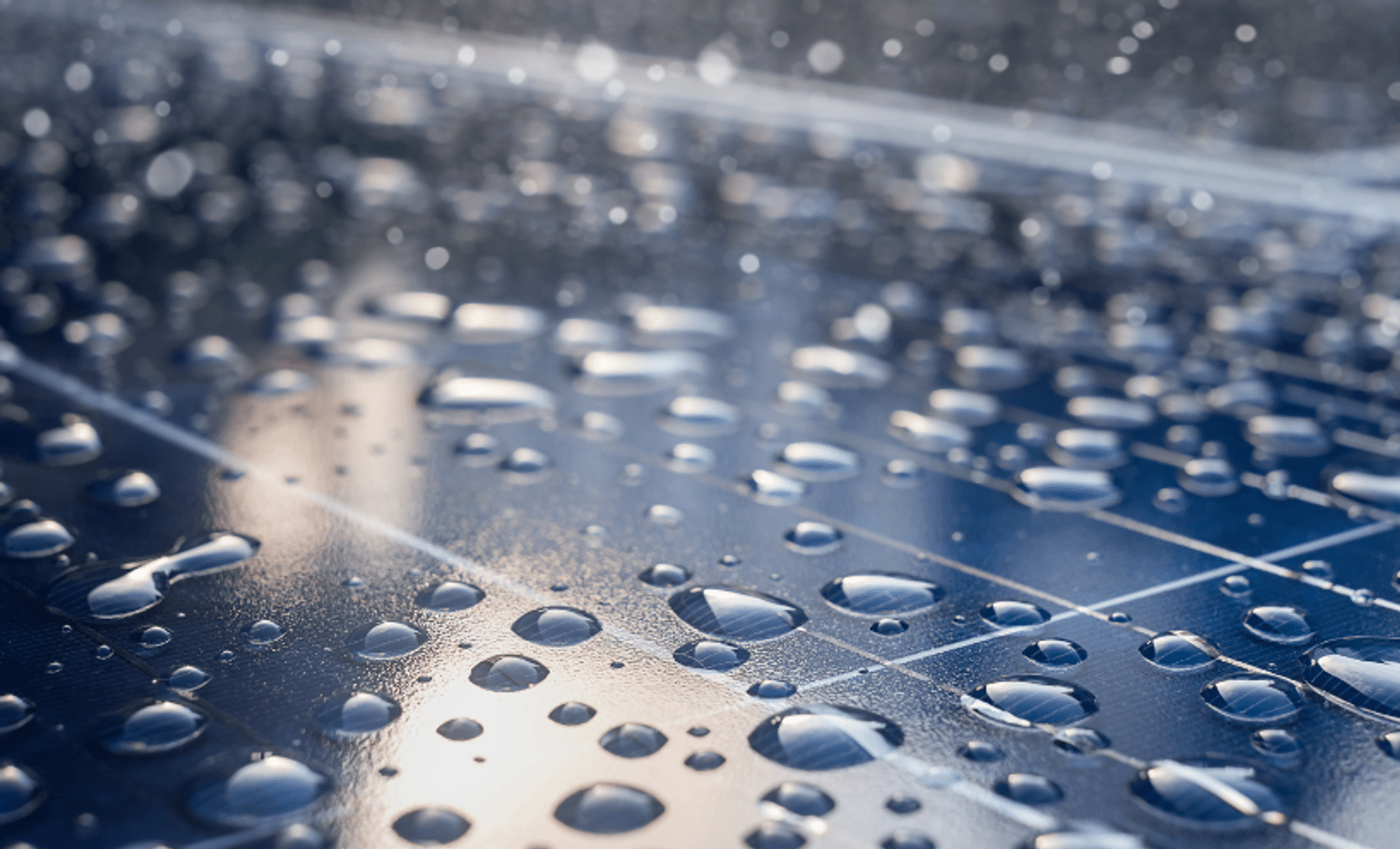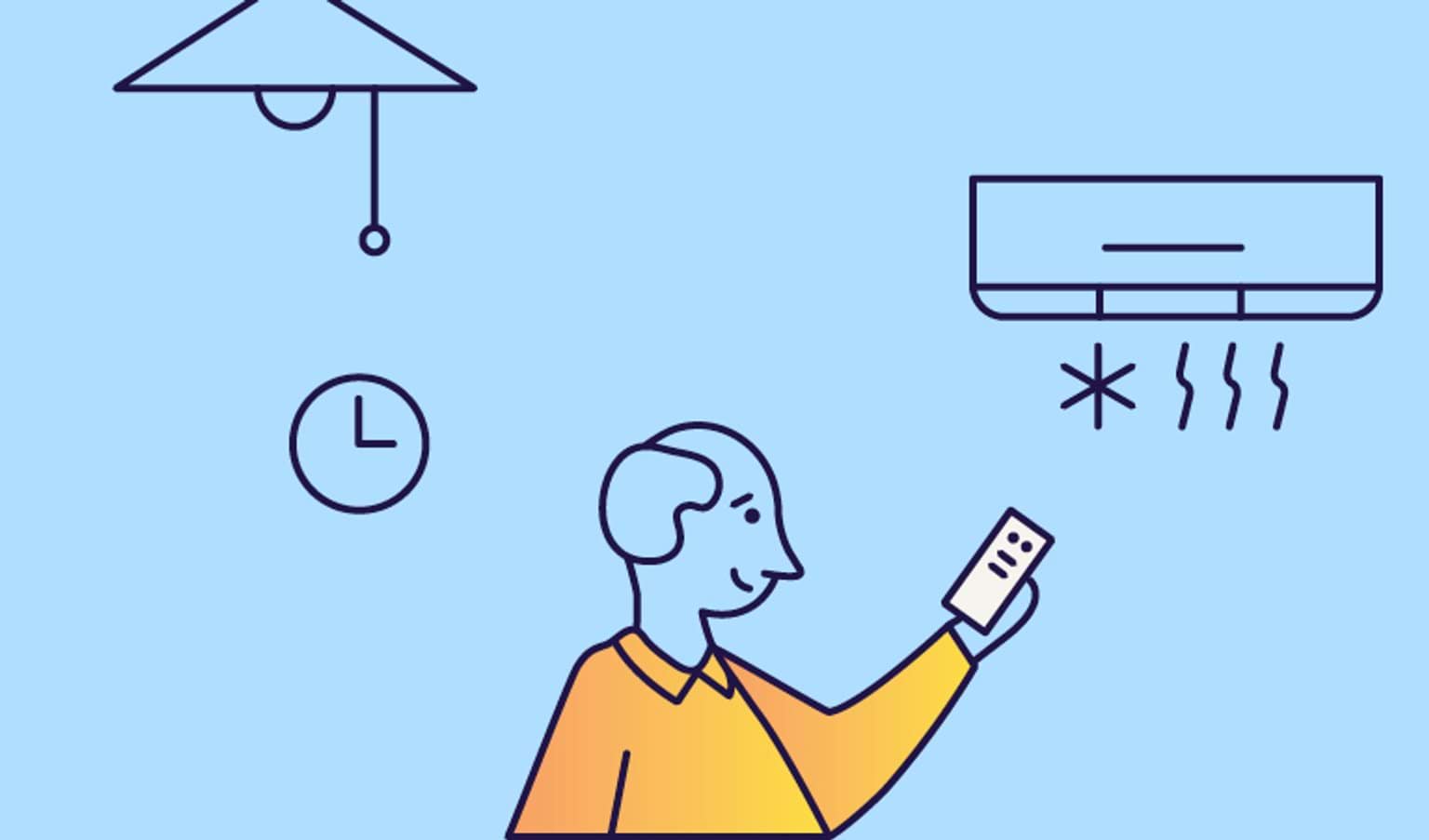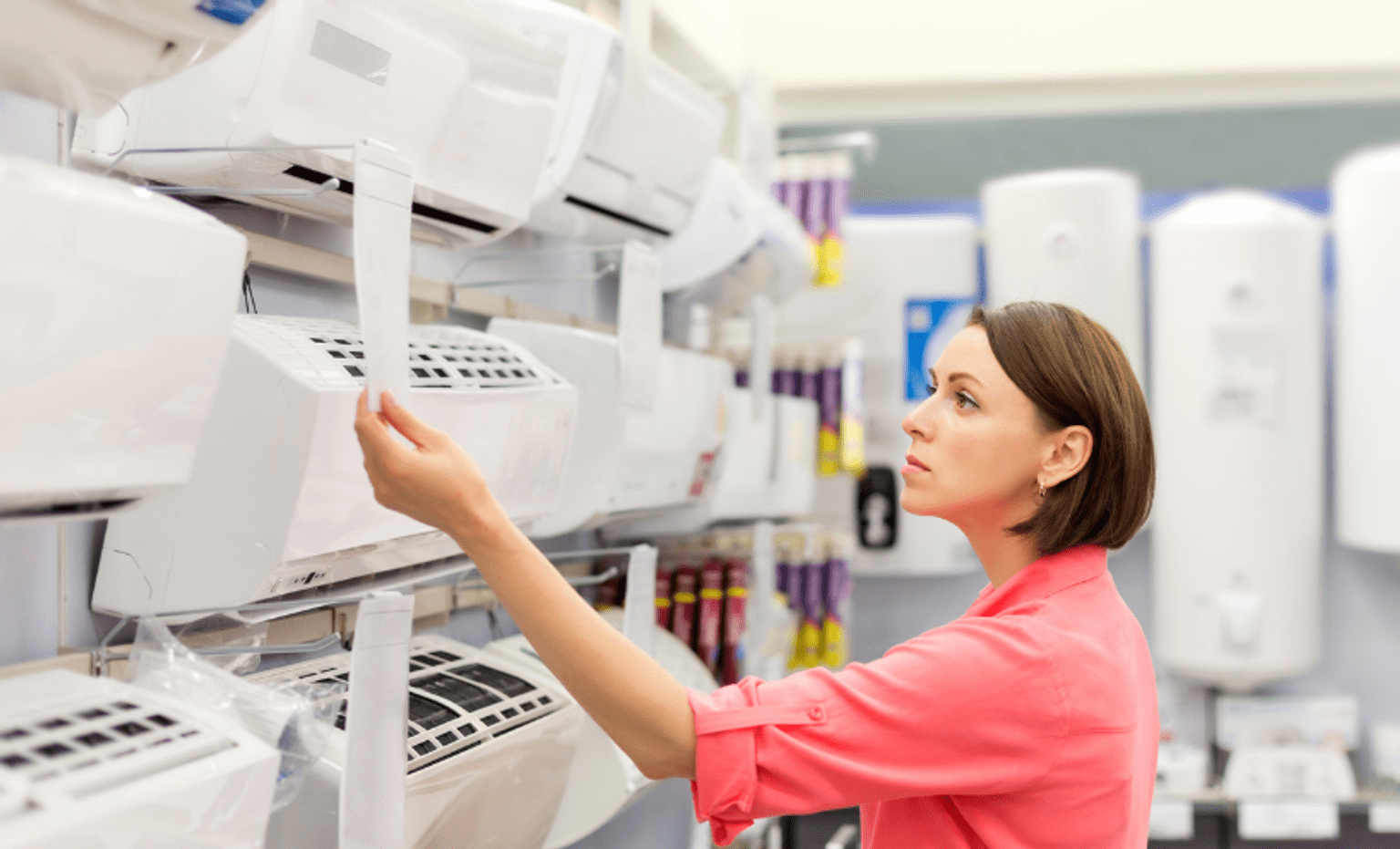Setting the temperature for different weather
To heat a room, try setting the temperature between 18°C to 20°C. Every 1°C higher will add around 10% to your heating bill.
Set your air conditioner thermostat for cooling between 24°C and 26°C for living areas – every degree lower in summer will increase running costs by around 10%.
Avoid heating or cooling empty rooms
In general, it is inefficient to heat or cool rooms if no one is using the room. Some systems have movement sensors that reduces the power when no one is in the room, so this could be a handy feature to look for when shopping around. If not, it might be best to turn the reverse-cycle air conditioner off when you are not home.
If your appliance has a programmable timer, you could set it to turn on or off automatically, so that your space is already warmed or cooled when you arrive home. This could be especially beneficial for homes with solar panels when the unit is powered by solar during the day while the energy is being generated.
It is cheaper to turn the cooling or heating off or down overnight while sleeping, and on again when you get up, or to set a timer to start warming or cooling just before you get up. A ceiling or pedestal fan could keep you comfortable during warmer nights and cost less to run but this will depend on the efficiency of the fan.
Some reverse-cycle air conditioners have an economy setting, or a ‘fan only’ mode which reduces energy use by maintaining moderate rather than cold temperatures and could cost less to run than air conditioning mode.
Doors and windows
In summer, take advantage of temperature drops in the evening and where practicable, open windows to bring cool breezes indoors
If you can, close off doors to the room where your reverse-cycle air conditioner is located to keep the heat (or cooled air) contained.
When heating a room, closing curtains or blinds will reduce heat escaping the home. Likewise, external shades on windows can reduce the heat entering your home in the first place.
Draughts and gaps under doors or windows will also allow air to leak from the room or allow outside temperatures which will reduce the performance or the unit.
System maintenance
Regular maintenance and cleaning of filters will ensure that your unit continues to work well for longer.
Check the manufacturer’s instructions or manual and have the air conditioner serviced regularly at the recommended frequency to ensure it continues to operate efficiently.
Cleaning the filters regularly helps the system operate effectively. Aim to clean the dust filters inside the plastic cover about twice a year, or more often if you use the unit very regularly. The filters should be easily removeable so that you can take them outdoors for a good shake or brush or check the unit’s manual for instructions.
This article from CHOICE is a good guide for how to clean your air conditioner.
Other ways to increase the energy efficiency of your home
Insulation
Insulation is another cost-effective way to improve the energy efficiency and comfort of your home. A fully insulated home compared to a non-insulated home can reduce the cost of heating and cooling a home by around 40 to 50 per cent. Adding bulk insulation, creates a more comfortable home year-round, virtually eliminates condensation on walls and ceilings and can pay for itself in around five to six years. Read more information about how insulation is important for energy efficiency in the home.
Draught proofing
Sealing gaps around walls, windows and floors will help keep the air temperature in your home more stable and prevent the heat escaping when you are heating. Draught proofing is finding and fixing draughts to make your home more comfortable and energy-efficient.
Draughts are similar to ventilation, in that both let fresh air into your home. Good ventilation can help reduce condensation and damp and can help cool down a hot house. Gaps on the other hand, are uncontrolled – they let too much cold air in and waste too much heat.
Self-adhesive draught seal tape, draught arrestors or draught snakes are an inexpensive way to draught proof your external doors. Seal small cracks and gaps with a caulking gun, and larger gaps with expanding foam.
Updated





